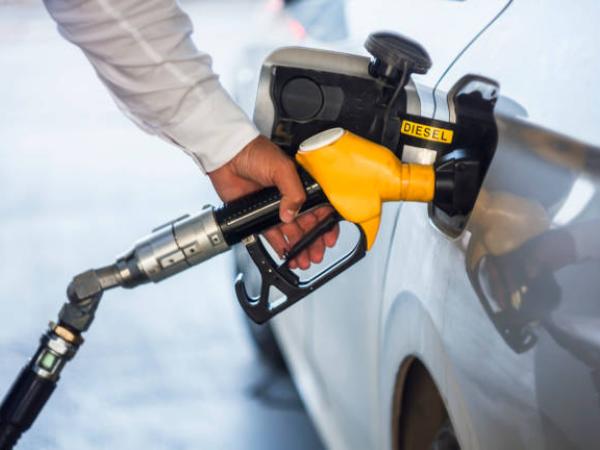After overcoming the Covid-19 pandemic, Colombia is the only country in Latin America that has carried out two tax reforms, one in 2021 and another in 2022. However, despite efforts, the fiscal situation remains fragile. and “Persistent fiscal deficits, after two tax reforms, seem to reflect a short circuit in the management of public finances”.
(Read: Ministerial shake-up continues: Petro announces change in the Ministry of Agriculture).
This is indicated by the most recent weekly analysis published by the economic research center Anif, which in this edition made an assessment of the destination of the money collected in the two reforms to the tax statute after the pandemic.
“With two post-pandemic reforms under our belts, a casual observer would think that the fiscal outlook is clear. However, as we have warned, the Government’s fiscal accounts for 2024 and 2025 continue to show large fiscal deficits, at the limit of what is permitted by the Fiscal Rule. Persistent fiscal deficits, after two tax reforms, seem to reflect a short circuit in the management of public finances,” says the report published by Anif.
(See: Price of the dollar in Colombia begins the second half of 2024 above $4,100).
Fuels
iStock
Fuels, the biggest expense
Although the economic research center clarifies that the Government’s income from these reforms “They have no specific purpose and, therefore, we cannot point out specific programs or expenses that have been financed with the additional resources from the reforms,” It is possible to analyse where the greatest pressures on public spending have come from in recent years, many of which were not foreseen in the accounts prior to the tax changes.
“Based on this analysis and looking in detail at the most recent fiscal figures, everything indicates that the country spent a good part of the income from the two tax reforms on fuel subsidies,” the report mentions.
According to official figures, the two tax reforms generated additional revenues of $54 billion in the last two years, while the cost of fuel subsidies during the same period was $49 billion.
(Also: Tax reform to be introduced on July 20 with tax reduction for companies).
On the other hand, the fiscal pressure due to higher interest payments on debt during the same period was $39 billion.
On the expenditure side, the fiscal pressure has been much higher than anticipated. At the time, government spending was projected to reach 19% of GDP for 2023 and 2024, but the expansion has been much greater, with levels of 23.1% and 22.8% of GDP, respectively.
The higher public spending is explained by an average increase in 2023 and 2024 of 1.1 percentage points in the operating and investment category, 1.3 percentage points in higher interest payments and 1.5 percentage points in spending associated with fuel subsidies.
The pressure on spending due to increased debt service and the Fuel Price Stabilization Fund (FEPC) has been 2.5 times greater than that of public spending on operations and investment. The cost of the fuel subsidy to the government’s accounts over the past two years has been $49 billion, almost equivalent to the $54 billion from the two tax reforms, the document explains.
In other words, according to Anif, the Fuel Price Stabilization Fund (Fpec) ate up the additional tax revenue.
And if we add to this the bill for higher interest of $39 billion on average in 2023 and 2024 compared to what was projected in 2020, the two tax reforms are only enough to cover 61% of these two additional expenses (higher interest and fuel subsidies).
“The Government must move forward in the negotiation of the withdrawal of the fuel subsidy and in a reactivation agenda agreed with the private sector to reduce the tax pressure and seek to reduce the country risk premium, responsible for the higher interest rates,” Anif analysts added in their report.

Colombian public debt
Istock
According to the Anif report, Colombia is paying higher interest on its sovereign debt. “Before losing the investment grade, in the 2020 Medium-Term Fiscal Framework the Government anticipated a rate of 7% in pesos and 3.8% in dollars for 2024. The current rates are much higher. According to the latest public debt report, the average coupon on the debt in pesos is 9% and 5.1% in dollars, some 200 and 130 basis points higher than what the Government itself projected at the time.”.
(Also: Would a tax reform be considered to mitigate the cash crisis that the country is going through?)
Anif stresses that the country’s fiscal effort in tax matters has not had the expected effect on fiscal accounts, nor on the composition of expenditure.
Finally, he warns that a reactivation agenda agreed with the private sector is urgently needed so that the country can return to the path of growth and investment and so that doubts about the collection figures and economic activity in the coming years can be cleared up.
Is a third reform coming?
Last week, Finance Minister Ricardo Bonilla confirmed that the Government plans to introduce a new reform in the second half of the legislative session.
However, He pointed out that more than a reform, it is a relief for companies and explained that it seeks to reduce the nominal rate of income tax for legal entities..
BRIEFCASE















Add Comment